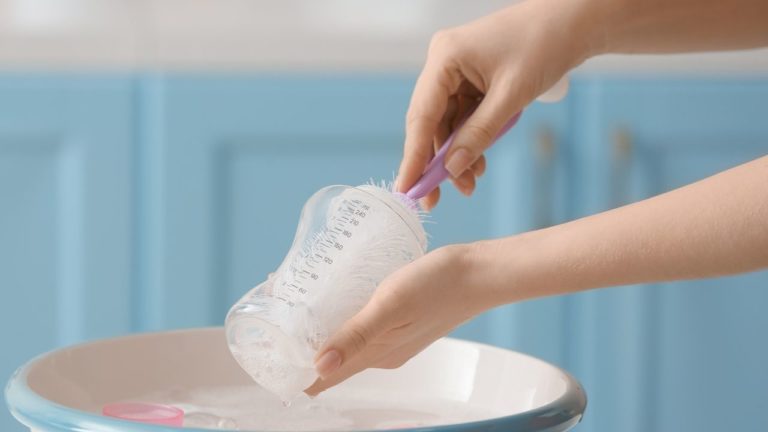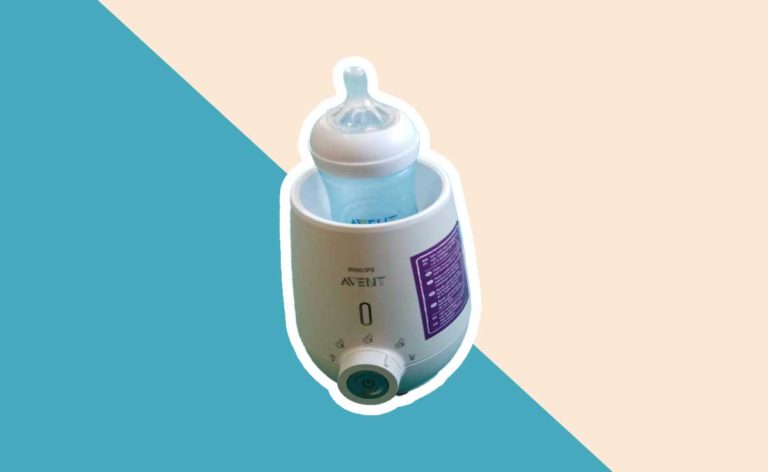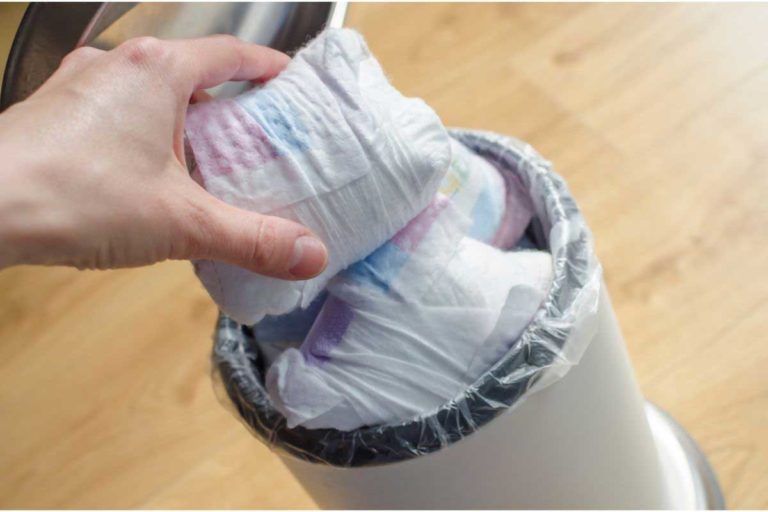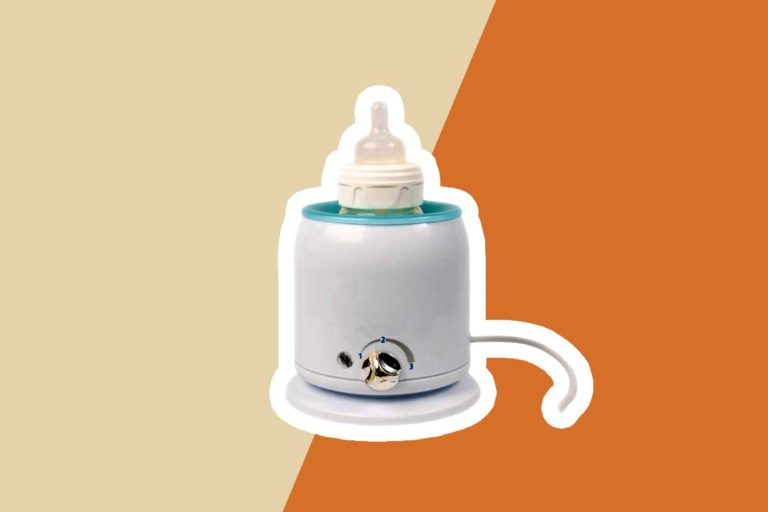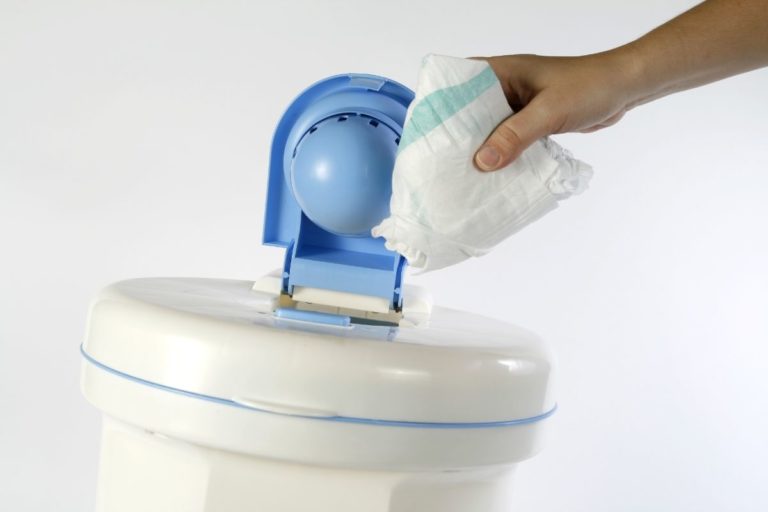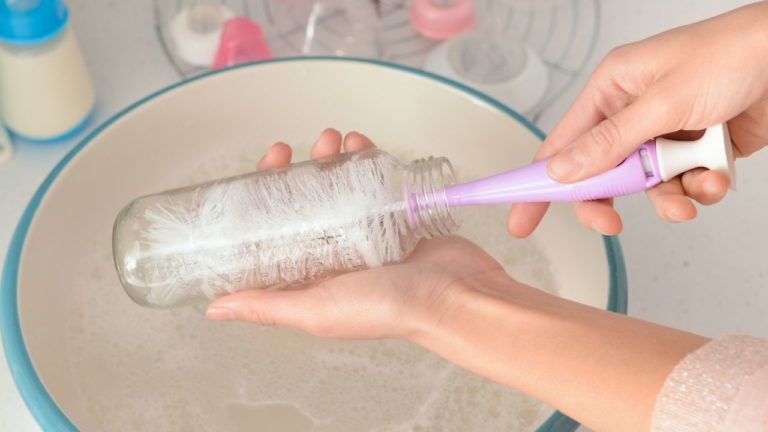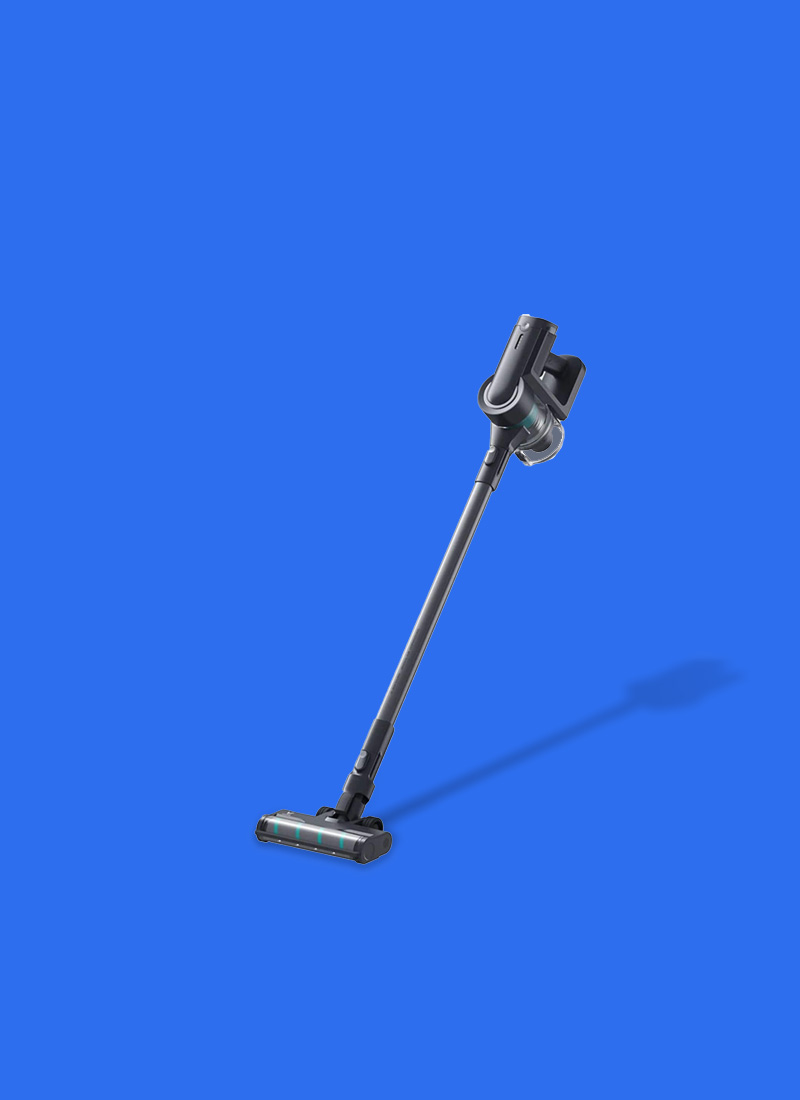ⓘ We are reader-supported and may earn a small commission at no additional cost to you if a purchase is made through one of our links.
Keep reading to know the importance of sterilising bottles and what can happen if you don’t. We’ll also discuss the best ways to sterilise baby bottles, how to use them, any precautions you should take. You’ll also find a list of pros and cons to help with your decision.
If you don’t have time to read the full article, click on the links to skip to that section:
Why Should I Sterilise Baby Bottles?
When you become a parent, you want to keep your baby as safe and healthy as possible. One of the key questions is do you need to sterilise your baby’s bottles?
Sterilising your baby bottles is an important step in defending your little one against contaminants and microorganisms that can threaten their health.
Infant immune systems are still developing
Babies are born with vulnerable immune systems. It can take a few months for their immune system to grow stronger and mature.
As a result, a baby’s gastrointestinal tract is particularly sensitive to harmful bacteria, viruses, parasites, and other pathogens that can cause illness.
This is why it’s so important to keep them out of your little one’s mouth.
Milk is a breeding ground for bacteria and germs
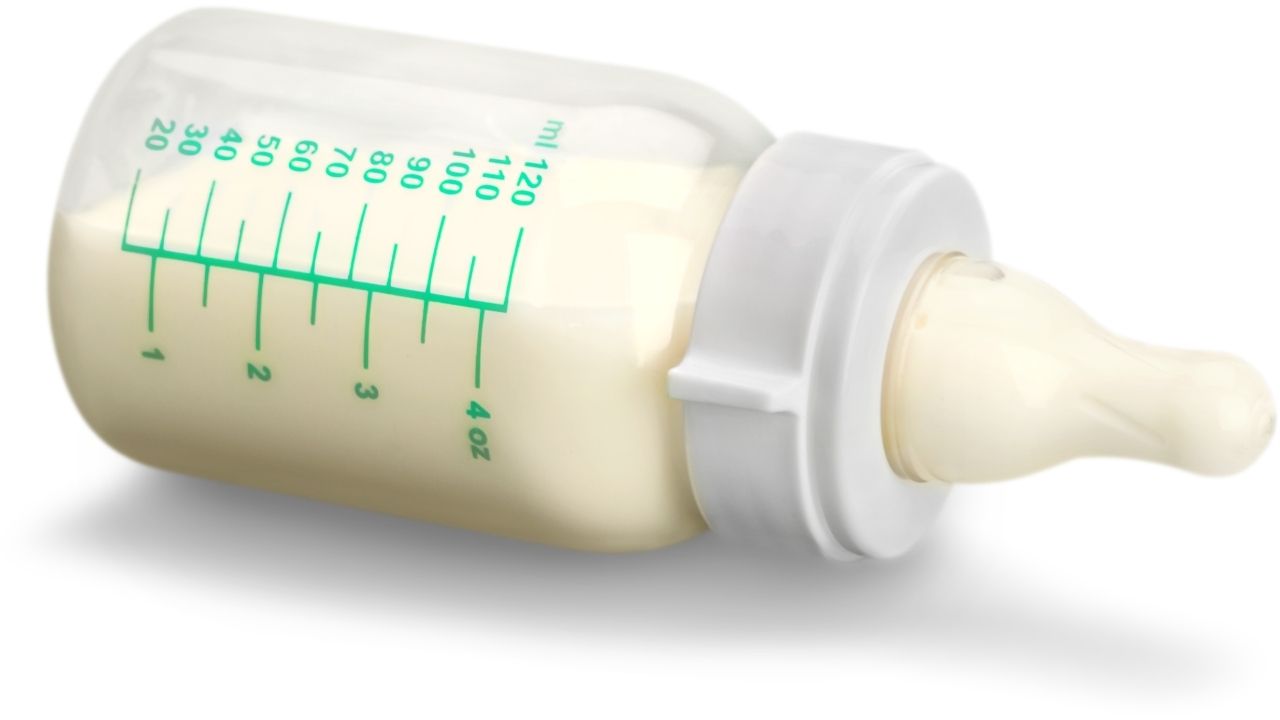
Milk—whether breast milk or infant formula—is a hotspot for pathogens because it provides the perfect environment for bacteria to thrive.
And what makes milk great for growing nasty stuff? It’s how nutritious it is.
In addition to being filled with fats and proteins that your baby needs to grow, it also contains carbohydrates, which are a great source of energy for your baby but also serve as food for microorganisms.
Since these bacteria can multiply quickly in milk, it’s vital that you sterilise all feeding equipment every time you prepare a bottle for your baby.
Sterilising bottles does more than visibly clean baby bottles: it kills pathogens and other harmful microorganisms.
Click here to read a comprehensive bottle steriliser buying guide.
What Can Happen if I Don’t Sterilise Baby Bottles?
Many parents wonder what happens if they don’t sterilise baby bottles.
The answer is simple: your baby can get very sick.
Germs and bacteria can enter your baby’s immune system through unclean bottles.
The most common types of bacteria found in dirty baby bottles include E. coli and Salmonella. Both are known for causing gastrointestinal distress and irritation in infants, which may appear as vomiting or diarrhea.
Additionally, failing to sterilise baby bottles can lead to dangerous mold growth in and on the bottle itself.
Aside from the serious health risks to your baby, this also will make milk spoil faster than it normally would.
Finally, any other bottle-feeding equipment you use, such as nipples, can also get contaminated if you don’t sterilise your bottles. You may not even realise it until your baby gets sick.
When and how to sterilise a baby’s bottles?
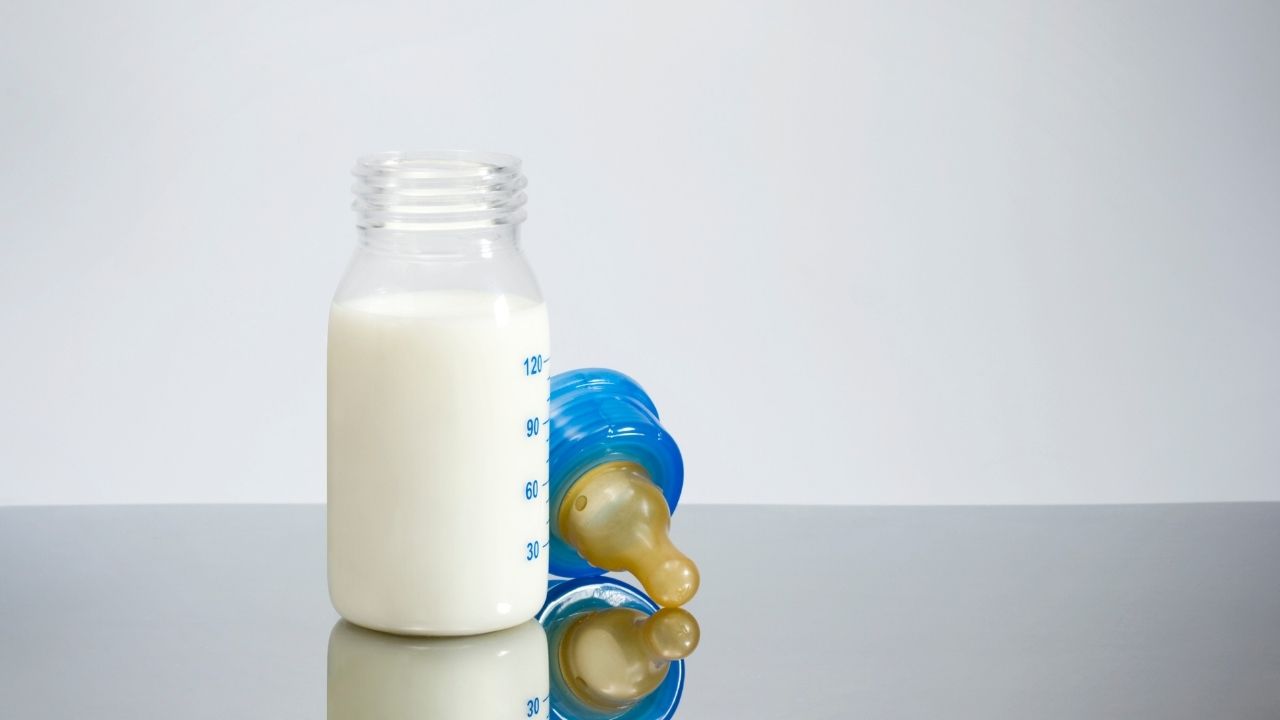
There are recommended times and methods for correctly sterilising baby bottles. These are outlined below:
- Sterilise bottles when they’re brand new
It’s always a good idea to sterilise baby bottles before their very first use. This will ensure that any germs left over from manufacturing are eliminated before the first use.
- Sterilise at least once a day
The CDC recommends sterilising baby bottles daily. Do it at least once a day, but more often is better.
This is especially important if your baby is less than three months old, has a weakened immune system, or is premature.
- Ideally, sterilise baby bottles before using
Try to sterilise bottles before you fill them with breast milk, formula, water, or any other liquid.
This includes pacifiers and any other tools needed for feeding time (such as bottle brushes).
In particular, do this if you have multiples or have been sharing bottles with siblings, as germs can easily spread from one child to another.
How to Sterilise Baby Bottles: 4 Best Ways
There are 4 methods for bottle sterilisation that are generally accepted as the most effective sterilisation methods:
Boiling
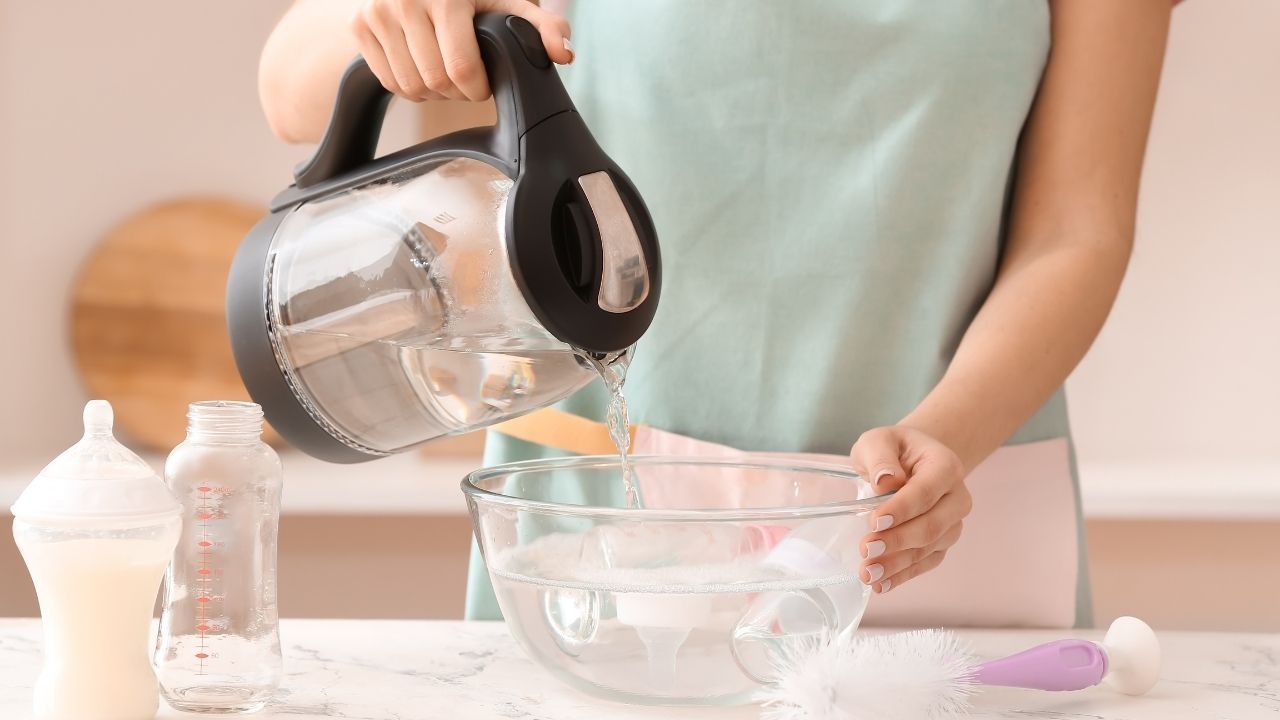
One of the most common methods for sterilising baby bottles is to place them in boiling water.
This is an effective way to remove many bacteria and germs, but there are some things you need to remember.
What You Need
You will need a large pot, water, and tongs to lift the bottles out of the boiling water. Prepare a drying rack as well.
How to Boil Baby Bottles
- To sterilise your baby bottles, fill a large pot with enough water to cover the equipment you want cleaned.
- Bring that to a boil and carefully place the bottles and/or other equipment into it.
- Leave them in for 10 minutes and remove them carefully with tongs or another utensil.
- Allow them to air dry completely before using them again.
Caution
Boiling should be safe for plastic and glass bottles, but check the manufacturer’s instructions before doing so.
You shouldn’t boil pacifiers, bottle nipples made from rubber or latex, or any other equipment that’s not specifically designed to be boiled because they can melt or warp.
Steam Bottle Sterilisers
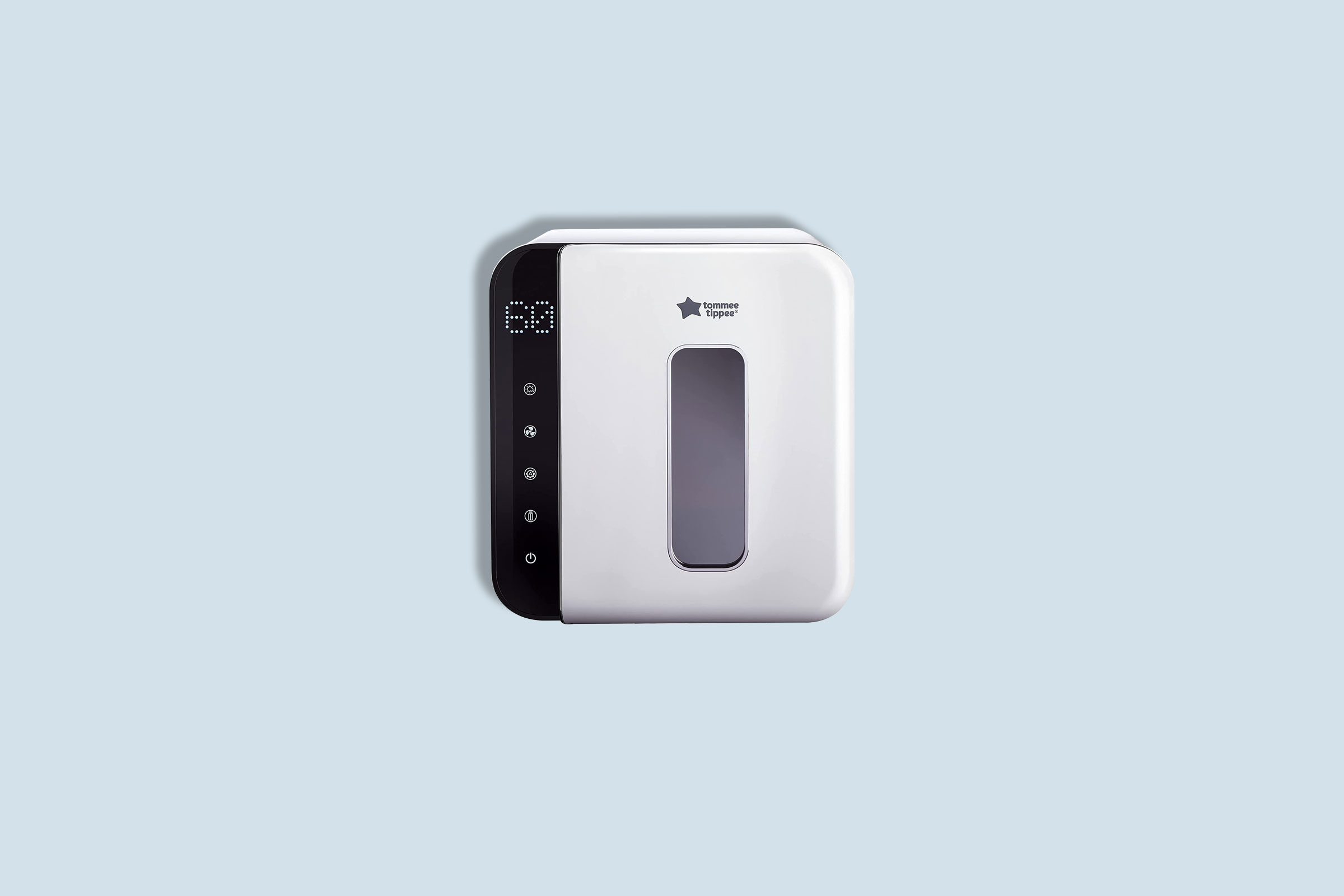
Steam bottle sterilisers work through the use of superheated steam to destroy bacteria inside and on the surface of baby bottles.
Steam is an excellent steriliser—it penetrates through cracks too small for heat or chemicals to reach, killing any bacteria or germs on the inside of your bottles before they enter your baby’s mouth.
The process is quick, taking only around 10 minutes to produce sterile bottles and feeding equipment.
What You Need
A steam bottle steriliser
You can buy this online. Be sure to check your equipment manual to ensure that your bottles fit the correct size of steriliser you have purchased.
Plain water
You can use distilled water or plain tap water.
How to Use Steam Bottle Sterilisers
The exact process will depend on the brand you buy, but these are the general steps:
- Fill the bottom part of the steam bottle steriliser with water.
- Place your baby’s bottles in the chamber and secure it in place.
- Turn on the unit. It will start heating up and produce steam.
- Once done. Turn off the unit. Some bottle sterilisers have an automatic shut-off function so you can do other things in the meantime.
- If your unit has a built-in air-dryer, wait until the process is done.
- Use your sterilised baby bottles.
Caution
Follow manufacturer instructions when filling the water chamber correctly.
Turning it on when the chamber is empty can damage the unit.
Microwave Bottle Sterilisers
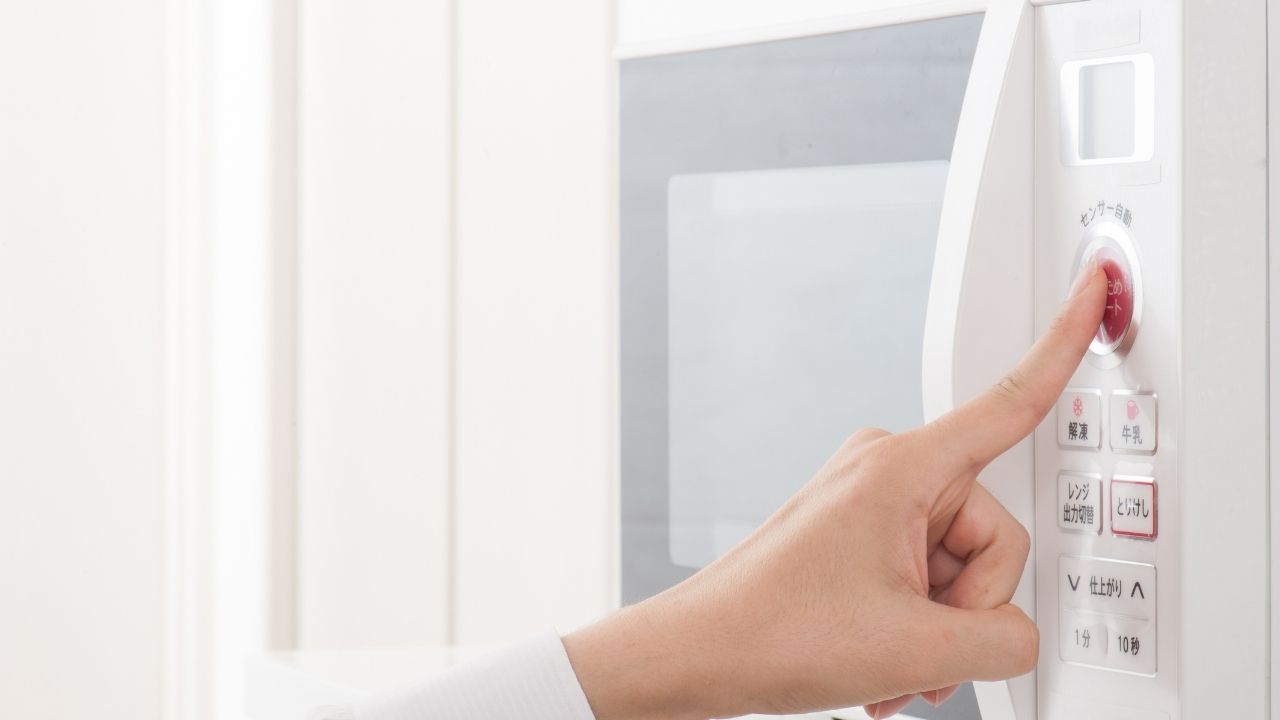
Microwave bottle sterilisers use steam to kill germs and bacteria that may be present on the feeding bottles.
The high temperatures in the microwave will help kill off any unwanted microbes.
What You Need
Microwave bottle steriliser, clean water, microwave
How To Use a Microwave Bottle Steriliser
- Fill the microwave steriliser with water to the fill line indicated on the side of the container.
- Add your baby bottles, teats and lids to the microwave steriliser.
- Put the lid on tightly, place the container in your microwave, and heat it according to manufacturer instructions (this may vary depending on what brand you use).
- Allow the bottles to cool before removing them from the container (be careful not to burn yourself!).
Caution
Check the manufacturer’s instructions for safe practices. For example, some bottle caps, nipples, rings, and other accessories cannot be sterilised in the microwave due to their material.
Make sure the bottle is microwave safe and free from cracks.
Always use the manufacturer’s recommended amount of water.
Cold Water Sterilisation
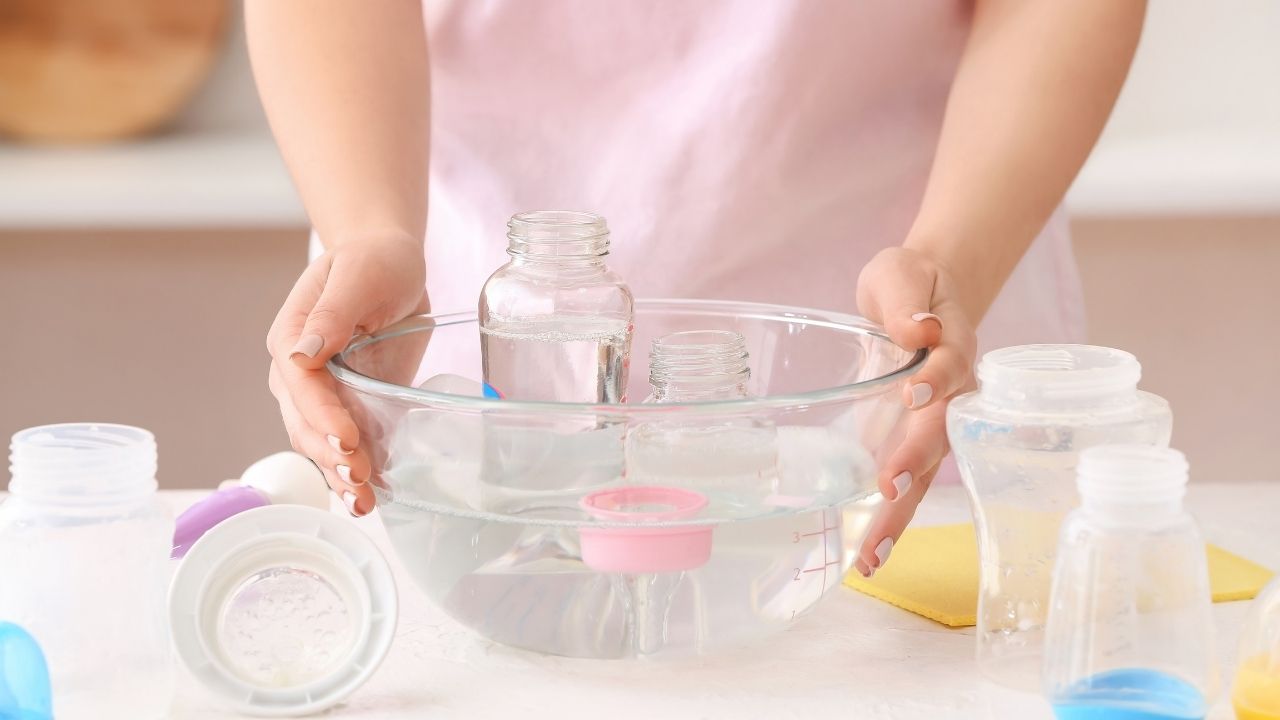
Cold water sterilisation, also known as chemical disinfection and cold sterilisation, sterilising chemicals to kill germs in bottle-feeding equipment.
Types of cold water sterilisation solutions include ready-to-use liquids, effervescent tablets, and dissolvable powders.
The active disinfecting ingredient varies between brands, but common ones are sodium dichloroisocyanurate or sodium hypochlorite.
What You Need
Cold water sterilisation solution, a clean container such as a bucket, and water
How to Use Cold Water Sterilisers
- Mix up a batch of cold water sterilisation solution inside a container.
- Make sure it’s enough to cover all the bottle-feeding items you want to sterilise.
- Use a floating cover to weigh down the items and keep them submerged in the sterilising solution.
- Leave the items to soak for the recommended time.
- Use the bottles immediately, or leave in the solution for 24 hours.
Caution
- Some bottle-feeding equipment are not compatible with cold water sterilisation: always check the instructions that came with your bottle to make sure it’s safe to use this method.
- Some babies may be sensitive to one or more of the ingredients in the sterilising solutions, so stop using ASAP if your baby has a negative physical reaction to the chemicals.
- Cold water sterilisation tablets can expire, so you’ll need to check those frequently to ensure they haven’t passed their use-by date.
- Follow the correct concentration of chemicals in the water in order to effectively sterilise your baby bottle.
Conclusion
Ultimately, the best steriliser for baby bottles is the one that you’ll use consistently and correctly.
You just have to do your research and make the best decision that works well for you.
No matter which brand or type you choose, it’s important to keep in mind that you’re making a sound investment in your baby’s health.
This is not something you want to skimp on – it will make all the difference when it comes to keeping your little one safe.

